Case Analysis of Geosynthetics: The Role of Geomembrane Com in Environmental Protection
In the evolving world of geosynthetics, geomembrane com has emerged as a critical material in environmental protection.
Tel: +86-411-39569550 | E-mail: info@geofantex.com/geofantex@gmail.com

In the evolving world of geosynthetics, geomembrane com has emerged as a critical material in environmental protection.
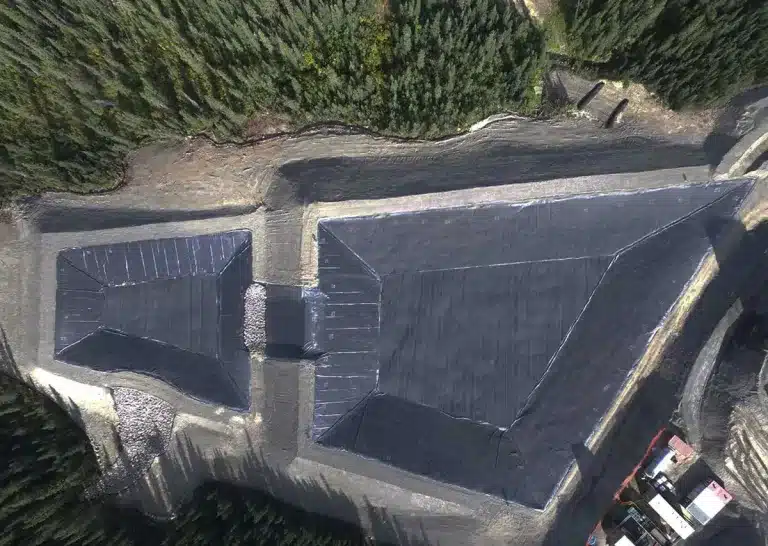
The geomembrane liner cost is influenced by several factors, including material type, thickness, and installation complexity.

One notable development is the integration of reinforced PVC geomembrane liner materials in landfill containment projects.
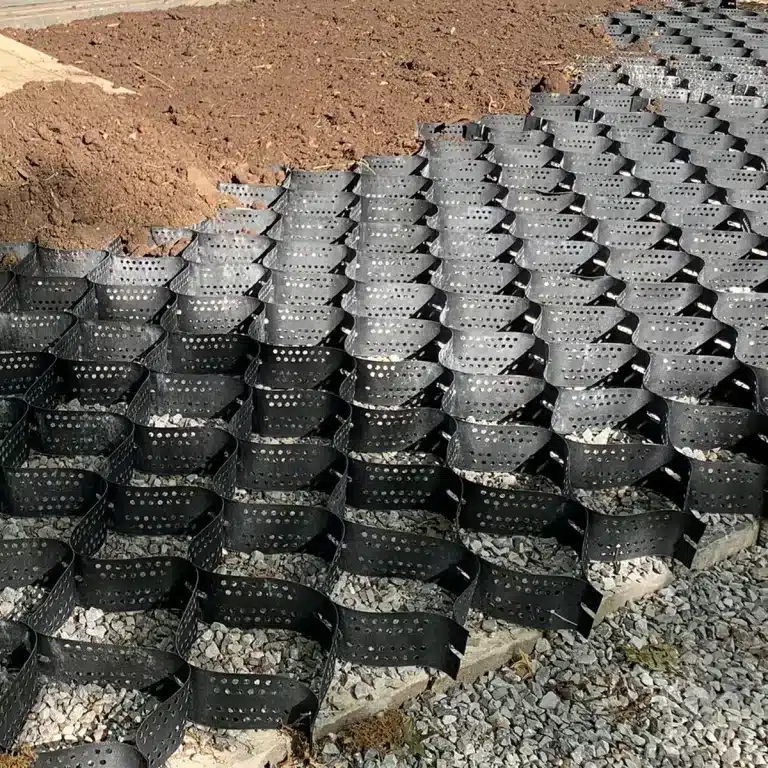
Geocell slope stabilization has emerged as a highly effective method for addressing erosion control and slope stability issues
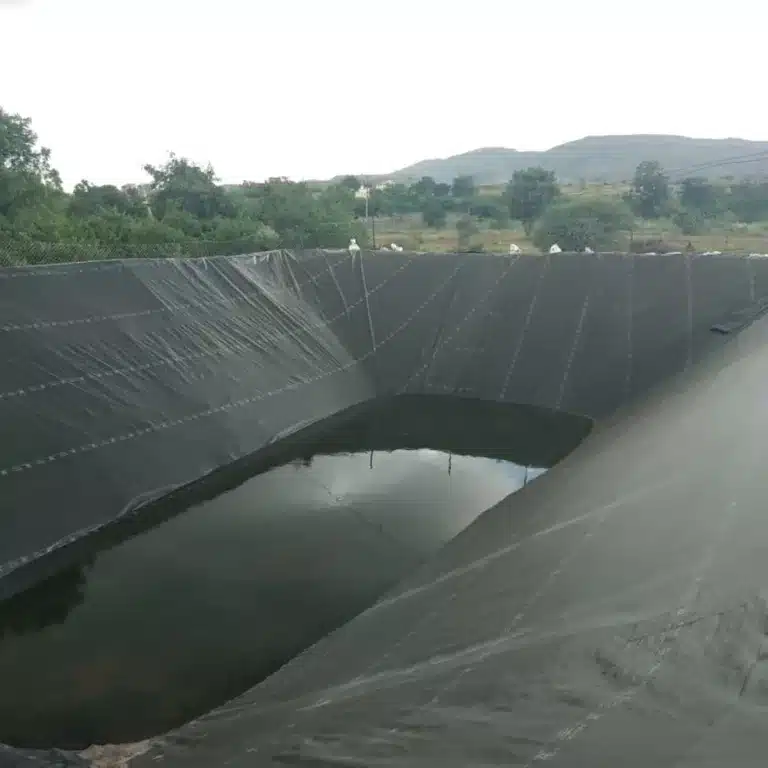
The geosynthetics industry is seeing significant shifts, especially when it comes to the demand for 0.5-3.0mm geomembrane bulk buy solutions.
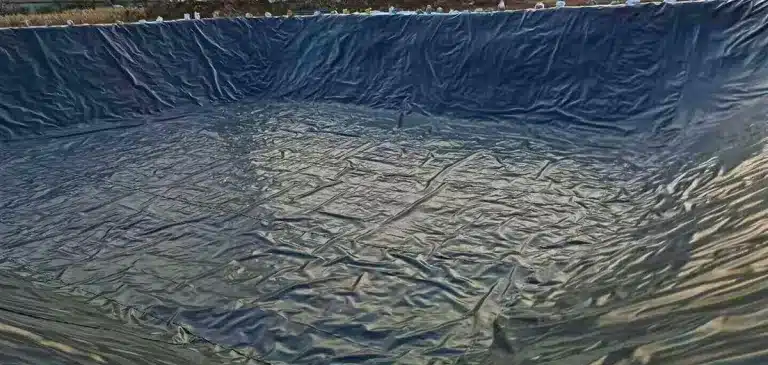
Geomembrane gas venting systems are essential components in projects that involve waste containment, environmental protection, and industrial applications. These systems, when integrated with geomembranes, prevent the buildup of harmful gases beneath sealed areas like landfills, helping to mitigate environmental hazards. Geomembranes, acting as barriers, control the migration of gases and liquids, ensuring the integrity of waste management systems. In this article, we’ll explore different types of geomembranes, the role of gas venting systems, and how they work together to promote environmental safety.
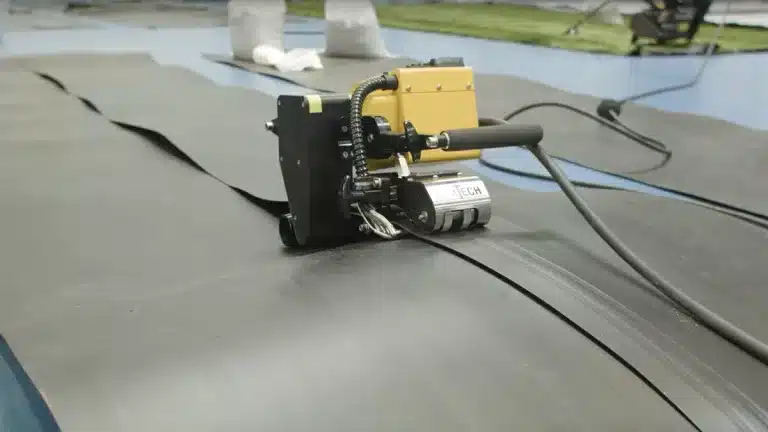
Hotwedge welding is a crucial technique in the installation of geomembranes, which are synthetic membranes widely used in civil engineering and environmental applications to prevent fluid migration. This welding method ensures strong, reliable seams in geomembranes, making it indispensable in projects like landfills, ponds, and containment systems. In this article, we will explore the hotwedge welding technique and answer key questions to help you understand its importance and application.
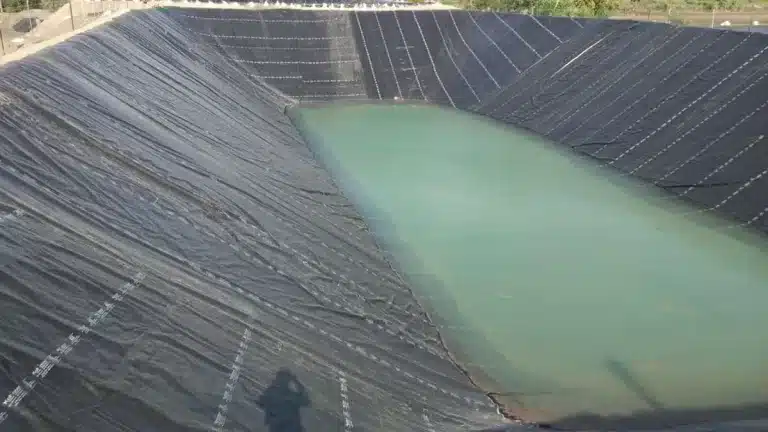
Geomembrane ponds are a critical element in modern water management systems, providing an efficient and sustainable solution for water storage in various applications such as agriculture, aquaculture, and environmental protection. These ponds utilize geomembrane liners, which are synthetic membranes designed to prevent water seepage, ensuring water conservation and maintaining the integrity of the stored water. In addition to geomembrane liners, geogrids play a significant role in enhancing the structural stability of these ponds, making them more durable and effective.

In the vast world of construction and environmental protection, the application of high density polyethylene (HDPE) as geomembranes is revolutionizing the way projects are safeguarded against environmental hazards. Known for their robustness and effectiveness, these geomembranes are crucial for a variety of applications, from hazardous waste containment to pond linings and more. This article delves into the essence of high density polyethylene geomembranes, distinguishing them from other materials like geotextiles, and highlighting their diverse uses.

Geomembranes are an integral component in modern engineering, offering versatile solutions to problems in environmental, hydraulic, and geotechnical applications. Among the various types of geomembranes, sand-finish geomembranes stand out due to their unique texture and enhanced performance in certain applications. This article delves into the specifics of sand finish geomembranes, exploring their uses, types, installation methods, and ideal application scenarios.
End of content
End of content
WhatsApp us